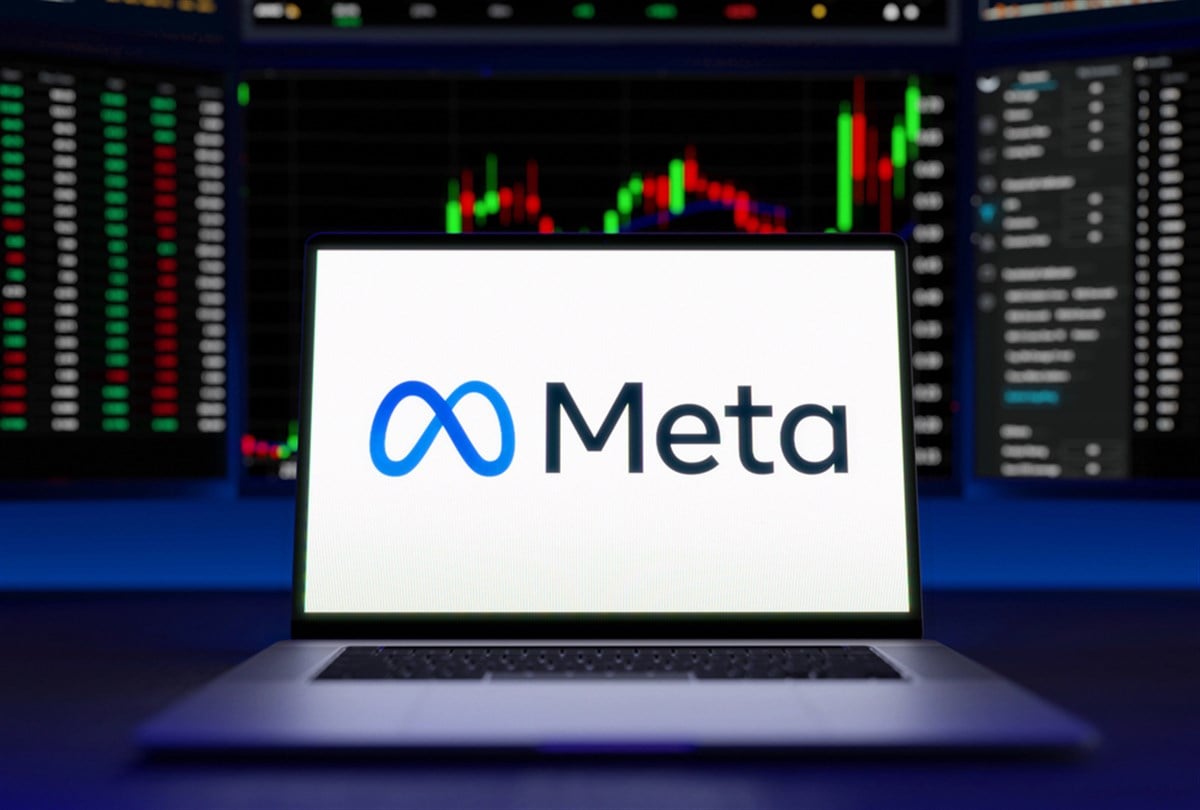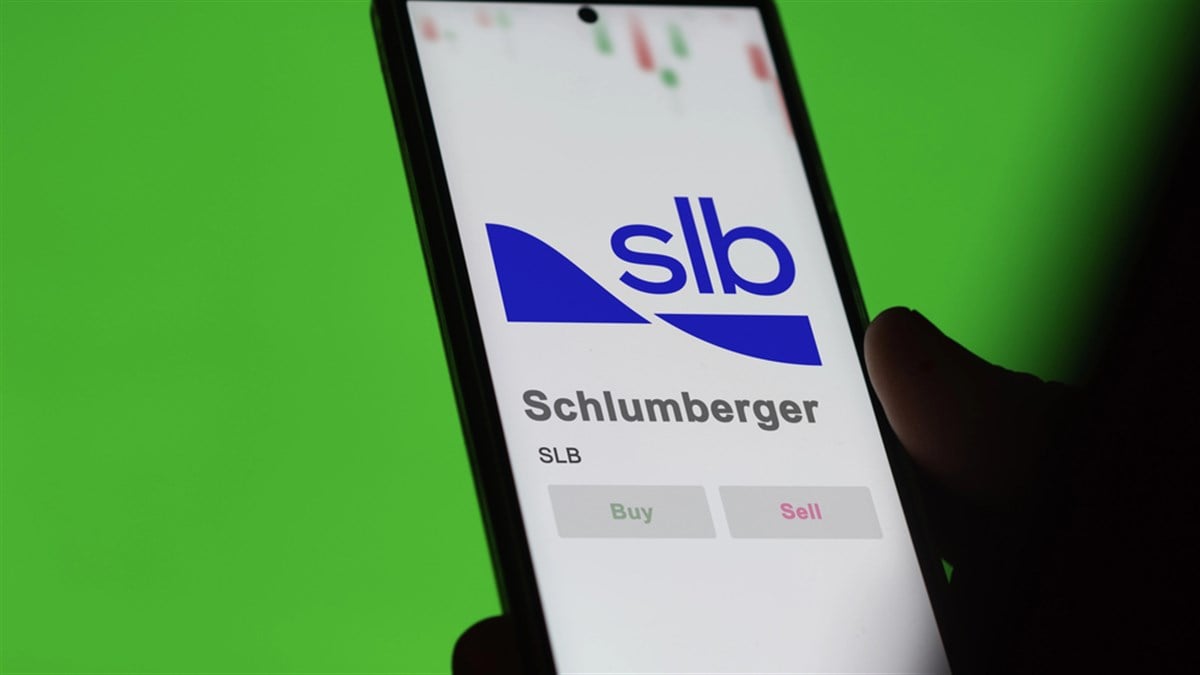Income and Growth Potential: Which Multi-Asset ETFs Get It Right?

If a pure equity exchange-traded fund (ETF) might be too volatile as broader economic concerns grow and fixed income is still struggling to maintain pace with inflation, a multi-asset fund might offer a suitable middle ground for investors. These funds aim to provide a combination of reliable income as well as growth potential. However, there are a variety of strategies a multi-asset ETF may employ, and the four funds below adopt approaches that may have a unique appeal for investors looking to balance gains and stability.
S&P Stability With Steady Income
An actively managed fund, the JPMorgan Equity Premium Income ETF (NYSEARCA: JEPI) focuses on options on large-cap stocks from U.S. markets. JEPI targets low-volatility names from the S&P 500 that demonstrate potential as value plays, then sells options on those shares to provide added income, which is distributed monthly.
If active management might send some ETF investors running—knowing that these funds tend to be expensive and potentially higher-risk than some index-linked alternatives—it may be helpful to keep in mind that JEPI's $41 billion asset base makes it, according to fund managers, the largest actively managed fund in the world. Given its annual expenses of just 0.35%, a figure lower than many traditional ETFs lacking active management, cost is unlikely to be a major concern.
In terms of performance, JEPI tends to come in below the S&P 500 during rallies—it has returned only 5.3% year-to-date (YTD) compared to nearly 13% for the S&P—but also may provide some insulation during downturns. With an annual dividend yield of 8.38%, though, many investors may find this discrepancy in performance easy to overlook.
Options Approach Focused on Nasdaq-100
The NEOS Nasdaq 100 Hedged Equity Income ETF (NASDAQ: QQQH) focuses on the high-performing names of the Nasdaq-100, with sizable positions in companies including NVIDIA Corp. (NASDAQ: NVDA) and Microsoft Corp. (NASDAQ: MSFT). Like JEPI above, QQQH utilizes sales of options to generate monthly income for investors, while also holding shares in these firms in an attempt to capture gains.
Also like JEPI, QQQH aims for some downside protection thanks to its hedged approach. Investors can expect to spend a bit more in this case, however, as the fund maintains an expense ratio of 0.68%, and with just over $350 million in managed assets, QQQH is substantially smaller than its S&P-focused peer. Performance-wise, though, it wins so far this year, with returns YTD of nearly 12%. The dividend yield for QQQH is impressive at 7.85%.
QQQH Alternative That Trades Some Returns for Dividend
An alternative to QQQH with a similar approach, the Global X NASDAQ 100 Covered Call ETF (NASDAQ: QYLD) also targets Nasdaq-100 stocks for its covered call strategy. This makes QYLD a good option for investors seeking income alongside growth potential but who do not want to go through the trouble of selling call options on their own.
QYLD has a longer history than QQQH, a lower expense ratio at 0.61%, and a larger asset base of more than $8 billion. On the other hand, its performance is substantially lower—it has only returned 2.6% YTD—though its dividend yield is a substantial 12.8%. Notably, QYLD is not actively managed, but instead tracks an index dedicated to this fund's unique strategy.
A True Multi-Asset Approach for Income
Tracking an index of equities, REITs, preferred securities, MLPs, and corporate debt funds, the Multi-Asset Diversified Income Index Fund (NYSEARCA: MDIV) provides a highly diversified strategy with a single investment. Given its broad scope, investors will not be surprised that MDIV's fees are the highest on our list at 0.75%. The fund also has a fairly low trading volume, with a one-month average of just over 81,000.
While price performance of MDIV is just 2.1% YTD, the fund's true appeal is in its regular payments, which generate an annual dividend yield of 6.5%. The diversification outside of the realm of traditional stocks also helps to reduce correlation risk, making MDIV a solid defensive option in many environments. This ETF will also entice investors interested in exploring some of these less common corners of the market but lacking the expertise to make targeted investments in REITs, preferreds, and so on.
Learn more about JEPI


